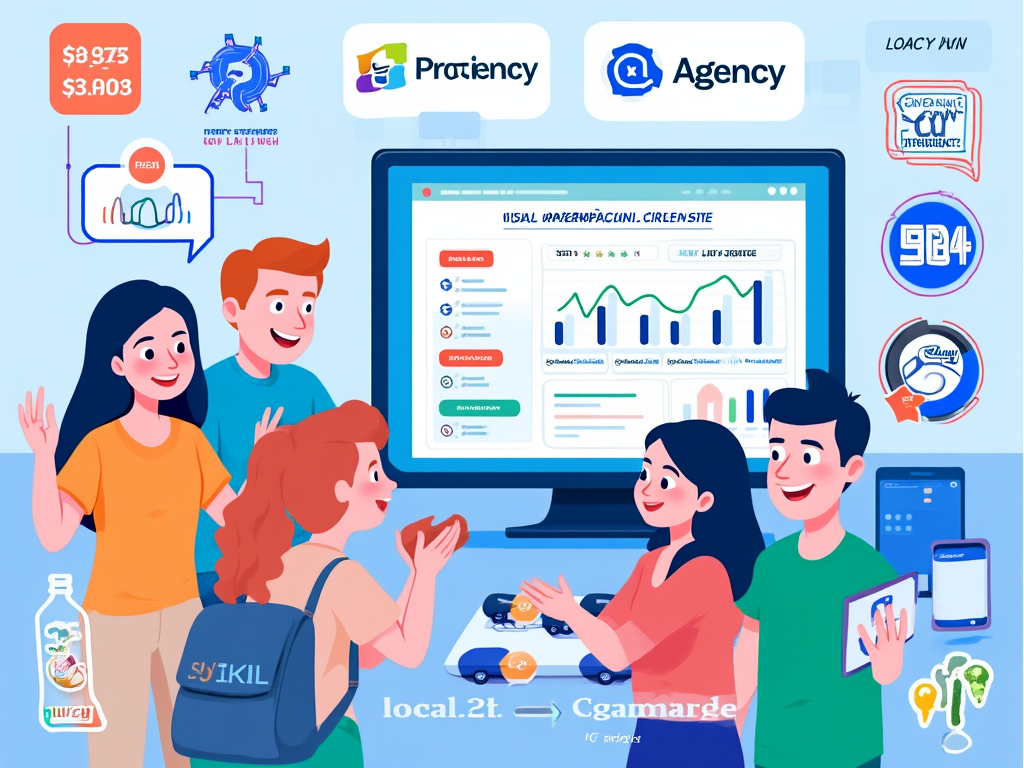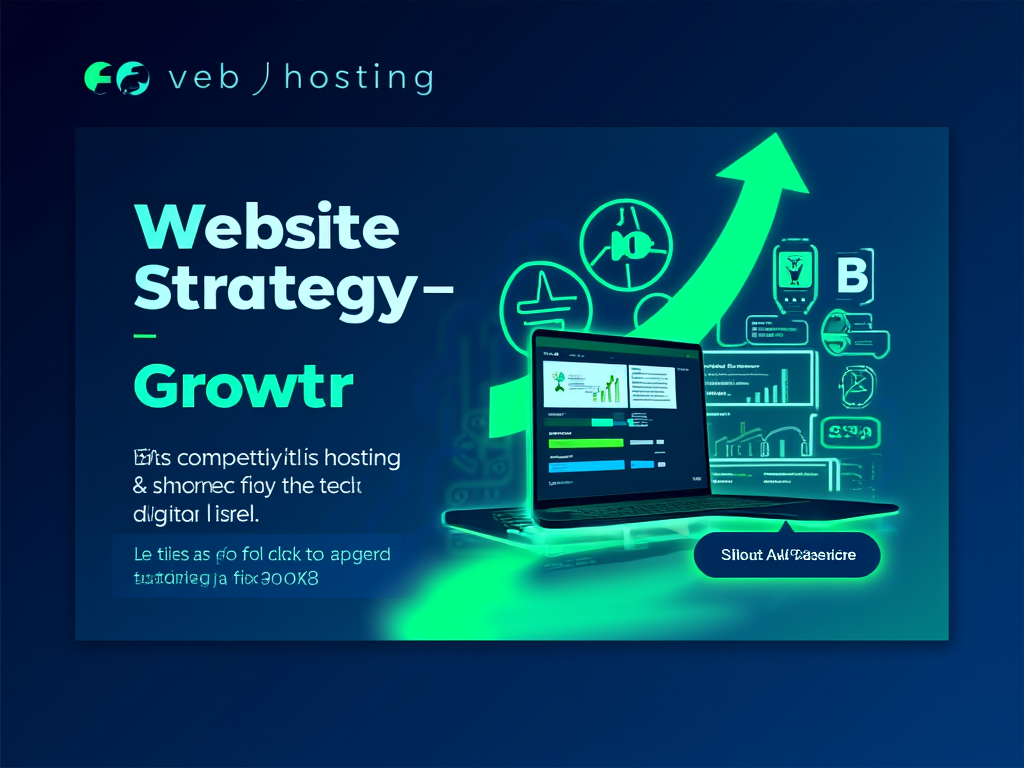<h1>Best practices for user-friendly website design</h1>
<b>Meta description:</b>
Explore essential best practices for user-friendly website design to improve usability, boost engagement, and enhance overall user experience.
---
<h2>Introduction</h2>
Creating a <b>user-friendly website</b> is crucial for engaging visitors and meeting business goals in 2025. Prioritizing website usability and intuitive design not only lowers bounce rates but also strengthens brand reputation and drives conversions. This article outlines proven <b>best practices for user-friendly website design</b> that balance aesthetics with functionality, ensuring an enjoyable and efficient user journey.
---
<h2>Main Section</h2>
<h3>User-Centric Design: Foundations of an Effective Website</h3>
The core of user-friendly design is to <b>put the user first</b> by understanding their goals, behaviors, and preferences. This approach goes beyond visual appeal, focusing on creating a <b>clean interface, clear navigation, and purposeful content</b>.
- <b>Define your audience and goals:</b> Identify who your visitors are — whether customers, investors, or job seekers — and what they seek from your site (e.g., product info, purchases, contact).
- <b>Develop buyer personas:</b> Use demographic and behavioral data to tailor design choices to your users’ needs.
- <b>Collaborate cross-functionally:</b> Involve UX designers, SEO experts, content writers, and sales teams to get diverse perspectives.
- <b>Test continuously:</b> Employ tools like session recordings and user surveys (e.g., Hotjar) to observe actual user behavior and gather feedback.
<b>Example:</b> For an ecommerce site, optimizing the browsing and checkout process to minimize friction and highlight calls-to-action (CTAs) encourages sales and repeat visits.
<b>Key user-centric design pillars:</b>
1. Identify what users want to find.
2. Understand their navigation pathways.
3. Clarify actions users want to take.
4. Highlight purchase opportunities.
This methodical approach ensures your website serves users effectively, improving satisfaction and conversions.
---
<h3>Practical UI/UX Guidelines to Enhance Usability and Accessibility</h3>
To translate user-centric principles into actionable design, follow these <b>pragmatic best practices</b> that are vital in 2025:
- <b>Keep design simple and content scannable:</b> Break text into easily digestible sections with clear headings and bullet points, respecting users’ tendency to scan rather than read deeply.
- <b>Clear and consistent navigation:</b> Use a logical page hierarchy with simplified menus, limiting top-level items and employing dropdowns for subcategories. Consistency in style, color, typography, and layout reduces confusion and creates familiarity.
- <b>Responsive, mobile-friendly layouts:</b> Since over 60% of traffic comes from mobile devices, your site must adapt seamlessly across all screen sizes. Responsive design ensures readability, touch-friendly buttons, and optimized loading on smartphones and tablets.
- <b>Fast loading pages:</b> Speed is critical; slow sites drive users away. Optimize images, scripts, and host performance to improve page load times.
- <b>Strong calls-to-action:</b> Guide users intuitively toward next steps like purchasing, booking, or subscribing with visually distinct CTAs.
- <b>Accessibility:</b> Design inclusively with alt text for images, high contrast for legibility, keyboard navigation support, and ARIA roles. This expands your audience and improves SEO.
- <b>Effective typography:</b> Choose readable fonts and suitable sizes to ensure content clarity across devices. Proper line spacing and contrast also enhance accessibility and reduce eye strain.
- <b>Meaningful branding:</b> Your site's look and tone should reflect your brand identity, building trust and emotional connection while maintaining usability.
<b>Psychological UX considerations:</b>
- <b>Peak-End Rule:</b> Focus on creating excellent experiences during key interactions like first visits or final purchase steps to leave lasting positive impressions.
- <b>Serial Position Effect:</b> Place critical content or CTAs at the beginning and end of pages to maximize recall.
---
### Additional Notes:
- Use <b>tables or infographics</b> to display navigation structures or mobile responsiveness comparisons visually.
- Include examples from industry leaders or localized professional contexts to demonstrate practical applications.
- Present <b>two original user engagement tactics:</b> incremental progressive disclosure of content (via collapsible sections for mobile) and multi-disciplinary collaborative design panels for constant user feedback integration.
This blend of insights and tactics will modernize your website design strategy towards maximal usability and user satisfaction.
BEST OFFERS:
Do you want to create your own company website or create your own online business on the Internet?
– WEB HOSTING
– DOMAIN REGISTRATION
– WEB DEVELOPMENT
– SITE BUILDER



“`html
Implementing User-Friendly Design: From Theory to Practice
As we integrate these vital practices, the next step is to operationalize our insights. Confirm that your team is not just aware of these principles but actively applies them throughout the design and development process. It’s about creating an iterative cycle where user feedback informs every stage of design.
Embrace An Iterative Design Process
The heart of effective design is continuous improvement. The challenge lies in balancing speed and quality. Implementing a methodology like Agile enables quick revisions based on real-time feedback. Here’s how to make it work:
- User Testing: Regular testing sessions should involve actual users completing targeted tasks on your site. Observing their difficulties provides firsthand insight into needed adjustments.
- Design Sprints: Utilize design sprints to accelerate the development cycle. They help your team focus on urgent issues and produce prototypes for immediate feedback.
- A/B Testing: Implement A/B testing for different design options, allowing you to base decisions on data rather than assumptions. Use tools like Optimizely or VWO for these experiments.
Example: A popular streaming service often tests interface changes before full implementation. Their constant adaptation results in improved viewing experiences, engaging users more effectively than static designs.
Leverage Analytics to Inform Design Decisions
To enhance your website, utilize analytics tools. Tools like Google Analytics provide insights on user behavior, helping to track which elements perform well and which do not.
Here’s what to look for:
- Bounce Rates: Analyze where visitors drop off. A high bounce rate on a specific page indicates that modifications may be necessary.
- Average Session Duration: Understanding how long users stay can help you assess whether your content and design are engaging enough.
- User Flow: Evaluate the paths users take through your site. Streamlining these flows can lead to smoother user journeys and higher conversions.
Creating a Cohesive Brand Experience
A well-designed website reflects your brand’s personality. From color schemes to typography choices, every element should work in harmony, creating a cohesive experience that aligns with your brand identity.
Visual Hierarchy and Element Placement
Effective visual hierarchy guides the user's attention and emphasizes key messages. Utilize size, color, and spacing to draw focus where it matters most. Here are key factors to consider:
- Use Contrasts Wisely: Unobtrusive backgrounds can make call-to-action buttons pop. Qualified placement alongside consistent branding ensures users know where to click.
- Prioritize Content: Ensure that important information is not buried in large paragraphs or complex layouts. Utilize bullet points and lists for clarity, ensuring significant data stands out easily from the rest of the content.
Tip: Regularly revisit your brand guidelines to ensure they evolve as your business does. This ensures your website remains aligned with your evolving identity.
Accessibility: Designing for All Users
Building a user-friendly website means embracing inclusivity. Your design must cater to all, regardless of abilities. Adopting the Web Content Accessibility Guidelines (WCAG) is a fruitfully straightforward path towards enhancing accessibility.
Key Accessibility Features to Implement
- Keyboard Navigation: Ensure all site features can be accessed via keyboard commands, accommodating users who may not use a mouse.
- Text Alternatives: Provide alt text for all images, enabling screen readers to convey information effectively to visually impaired users.
- Color Contrast Ratios: Maintain sufficient contrast ratios between background and text to accommodate readers with visual impairments.
Case Study: Companies like Apple are leading the way in accessibility. Their commitment to inclusive design creates seamless experiences for all, reinforcing both brand loyalty and customer satisfaction.
Final Thoughts: Empowering Your Users Through Design
Incorporating these practices into your web design strategy will bolster user engagement and elevate overall user satisfaction. Remember, a user-friendly design isn’t just a checklist; it's a mindset. An empowered user experience cultivates trust and loyalty, setting the stage for sustained business success.
To further enhance your understanding of user-friendly design, check out these videos:
- User Experience Design Principles
- Creating Scalable UX Strategies
- The Importance of Web Accessibility
With the digital landscape constantly shifting, keeping abreast of user needs, behaviors, and preferences prepares you for ongoing success. Crafting a user-friendly experience isn't merely savvy business; it's paramount for meaningful engagement in today's ever-evolving online world.
References:
[1] Content Usability: NNG Group
[2] User Testing Insights: UserTesting
[3] Web Performance Tuning: GTmetrix
[4] Accessibility Best Practices: W3C WCAG 2.1
[5] A/B Testing Overview: Optimizely
[6] Visual Hierarchy: UX Design
</br><a target="_blank" href="https://www.finddomain.ge/en/">FINDDOMAIN.GE (Internet services LLC) is a very interesting and rapidly developing IT company. The main directions are: web development, domain and web hosting. It also offers clients sub-services and outsourcing related to the main services.</a>
<br/><br/>
<hr>
<strong>
BEST OFFERS:<br/>
Do you want to create your own company website or create your own online business on the Internet? </strong>
<a target="_blank" href="https://www.finddomain.ge/en/hosting/">- WEB HOSTING</a>
<a target="_blank" href="https://billing.finddomain.ge/cart.php?a=add&domain=register&language=english">- DOMAIN REGISTRATION</a>
<a target="_blank" href="https://www.finddomain.ge/en/web-development/">- WEB DEVELOPMENT</a>
<a target="_blank" href="https://www.finddomain.ge/en/site-builder/">- SITE BUILDER</a>
</br>
<a href="https://www.finddomain.ge/en/hosting/" target="_blank" rel="noopener"><img src="https://besthosting.ge/wp-content/uploads/2025/08/hosting-banner_en.jpg" /></a>
</br>
<a href="https://billing.finddomain.ge/cart.php?a=add&domain=register&language=english/" target="_blank" rel="noopener"><img src="https://besthosting.ge/wp-content/uploads/2025/08/domain-registration-en.jpg" /></a>
</br>
<a href="https://www.finddomain.ge/en/web-development/" target="_blank" rel="noopener"><img src="https://besthosting.ge/wp-content/uploads/2025/08/web-development-en.png" /></a>
</br>



![Top Web Design Company in [Your City] for Small Businesses](https://besthosting.ge/wp-content/uploads/2025/08/top-web-design-company-in-your-city-for-small-businesses.jpg)

